Stratocaster Uke Bass (1/2)




21" neck, adjustable bridge with piezo saddle, active electronics. EBay body. Now has metal-wound strings.
After I re-strung this little guy with the new Kala U-Bass metal-wound nylon core strings, I found it needed some modifications to perform at its best. To re-cap, this is a 21.5" scale custom neck on a Stratocaster body, with a piezo-loaded floating bridge. The tailpiece is actually in the tremolo hole, with the neck realigned to match.
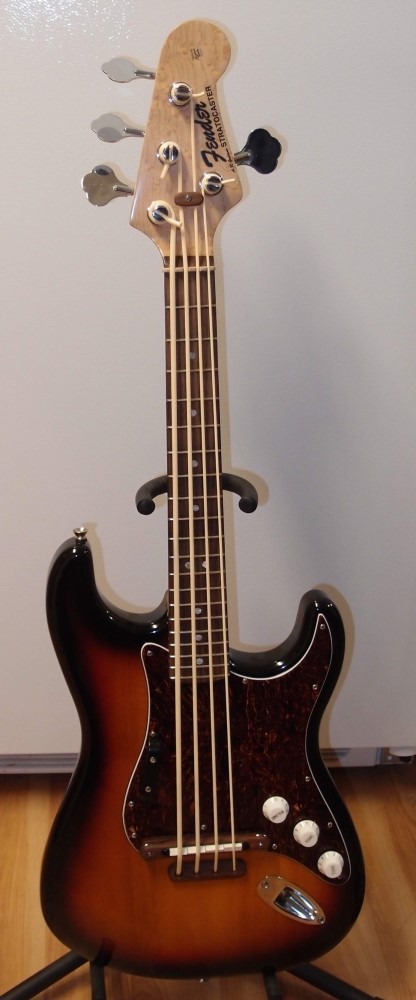
The Uke really does sound like a double bass. Well, sort of. It is certainly a unique sound, especially if you dial-out some of the treble and finger noise. It has a much different playing style as well, you can't really slide or play real fast, the action is quite high, and bending strings has no effect at all. I consider all the frets above the octave to be just for show, not really useful. I thought the piezo pickup would need an active preamp, so I put one in, but it turns out to have more than adequate output all by itself.
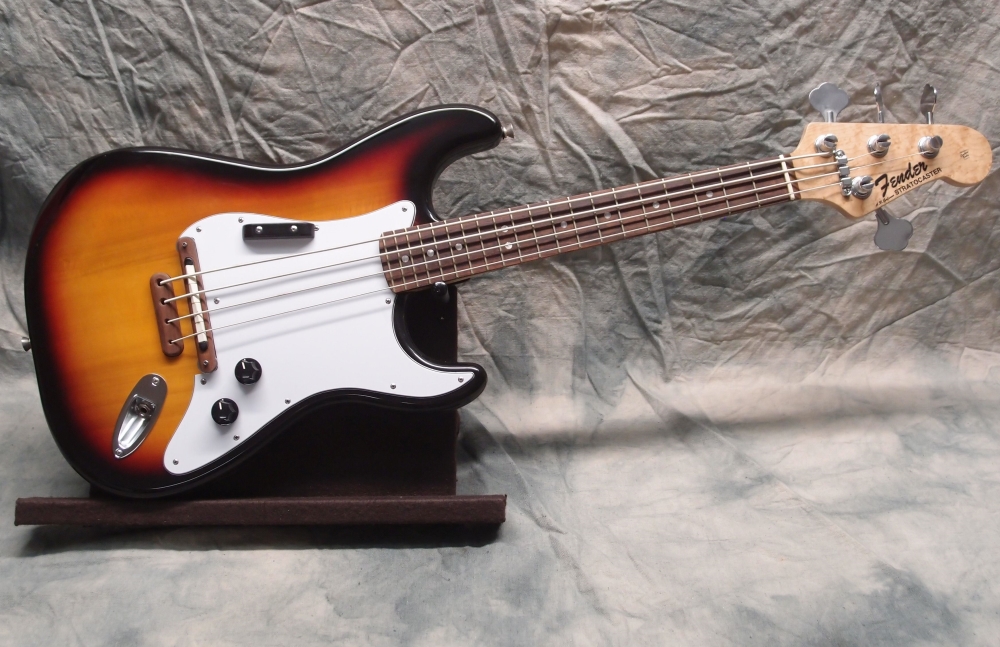

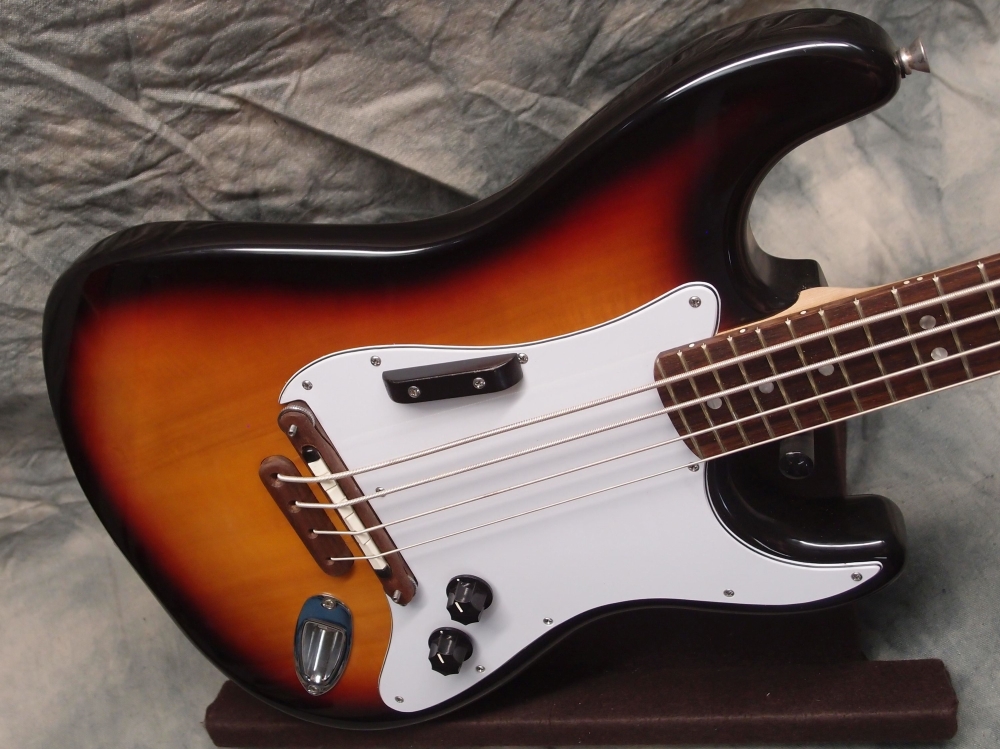
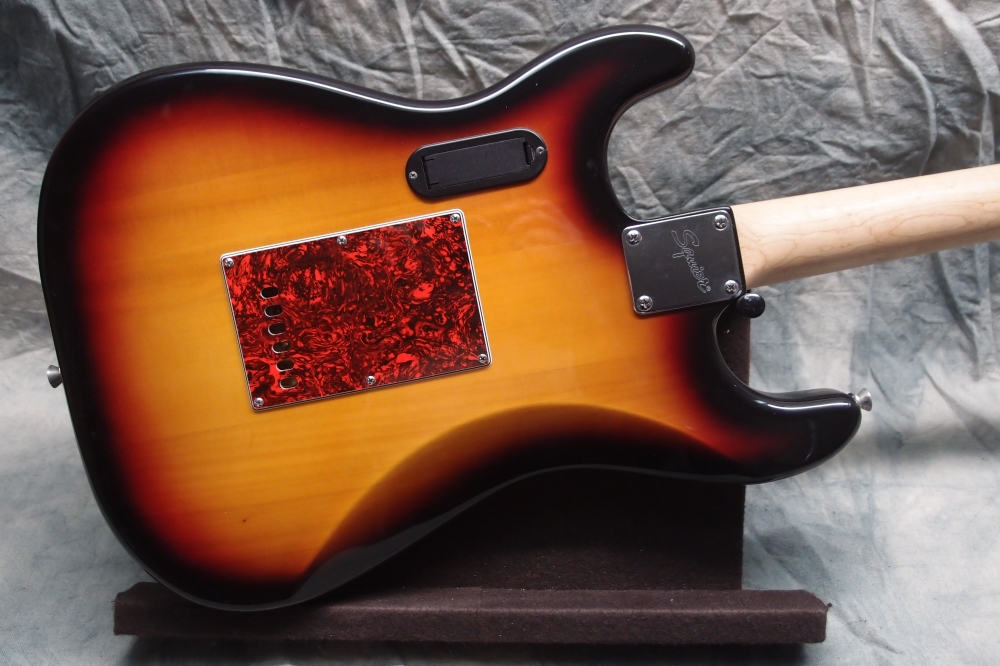
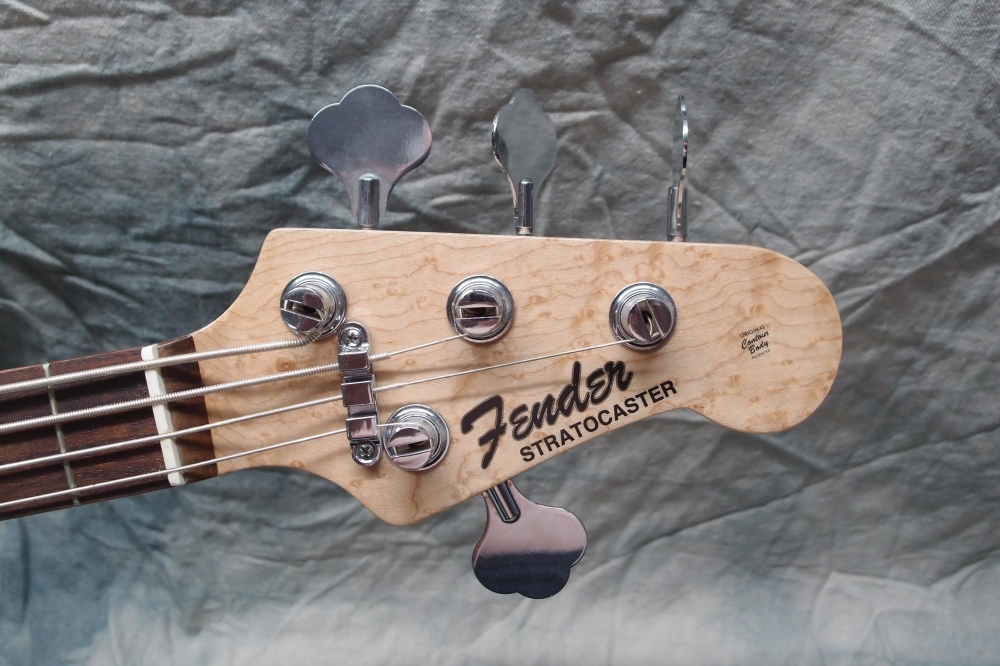

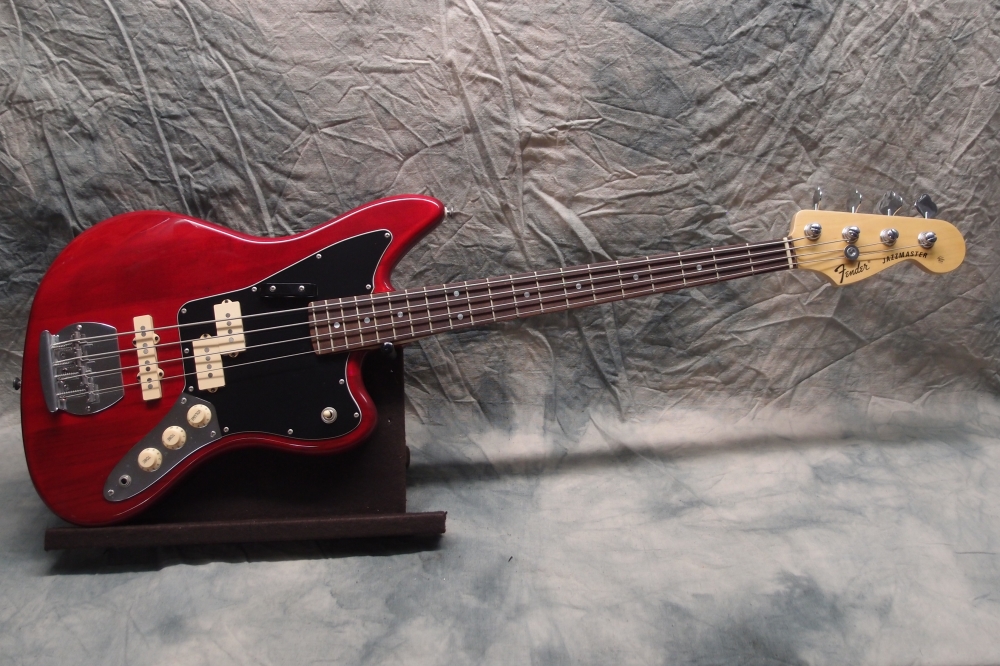
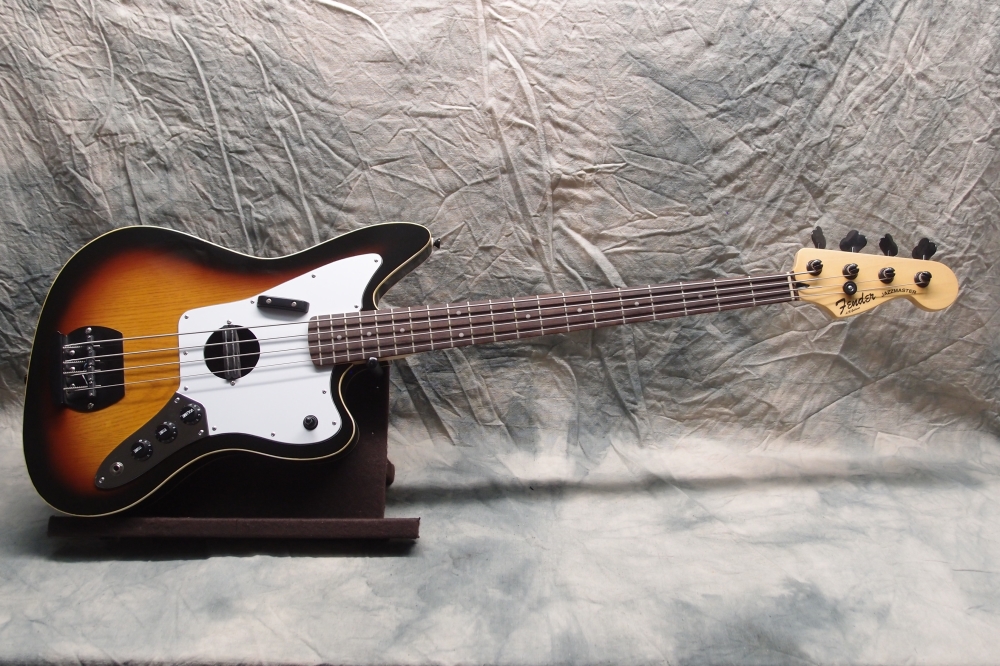
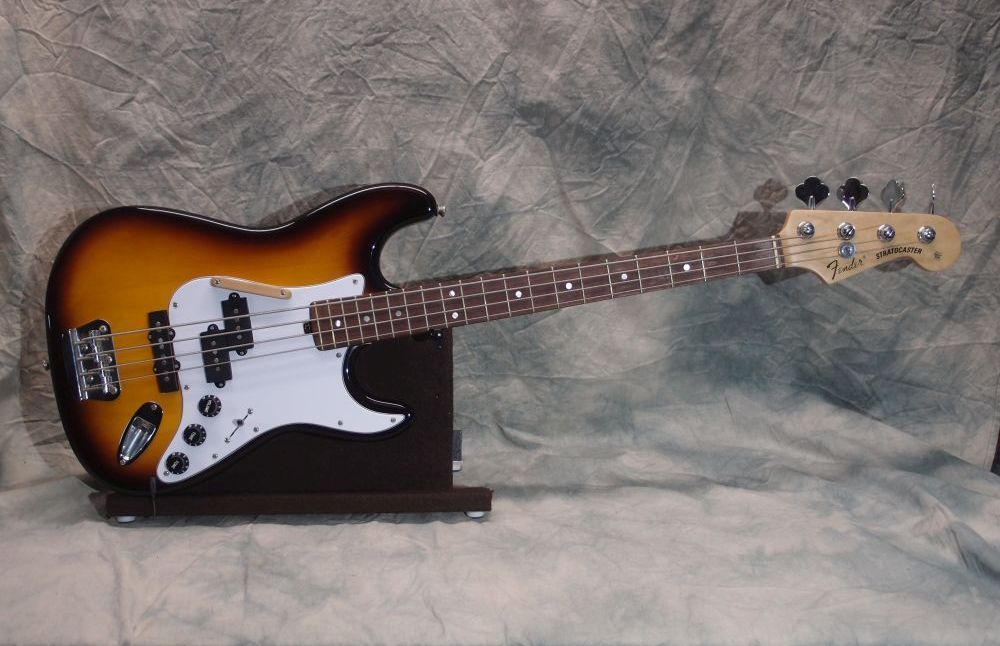
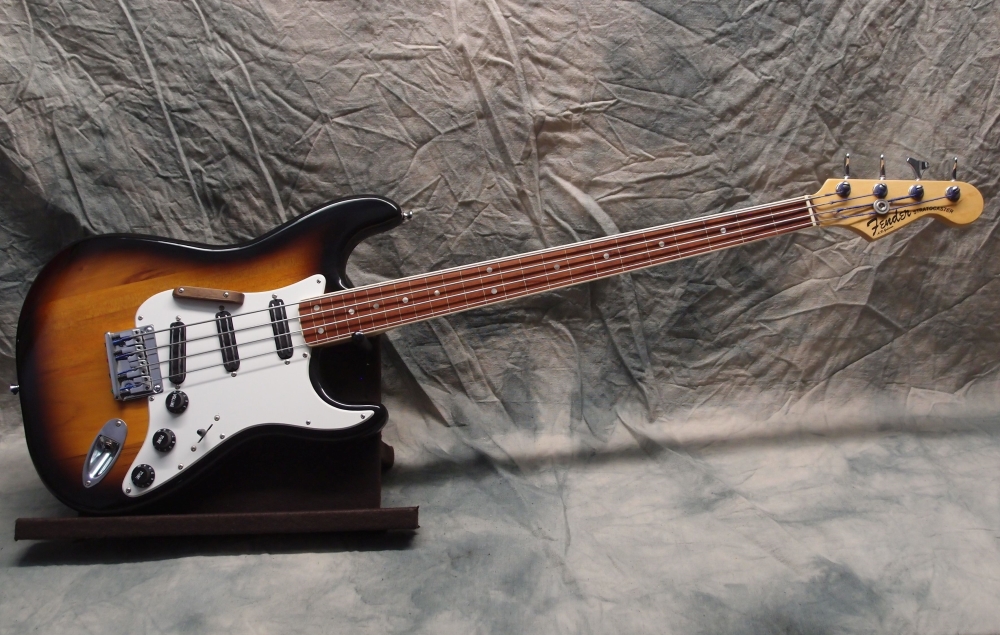
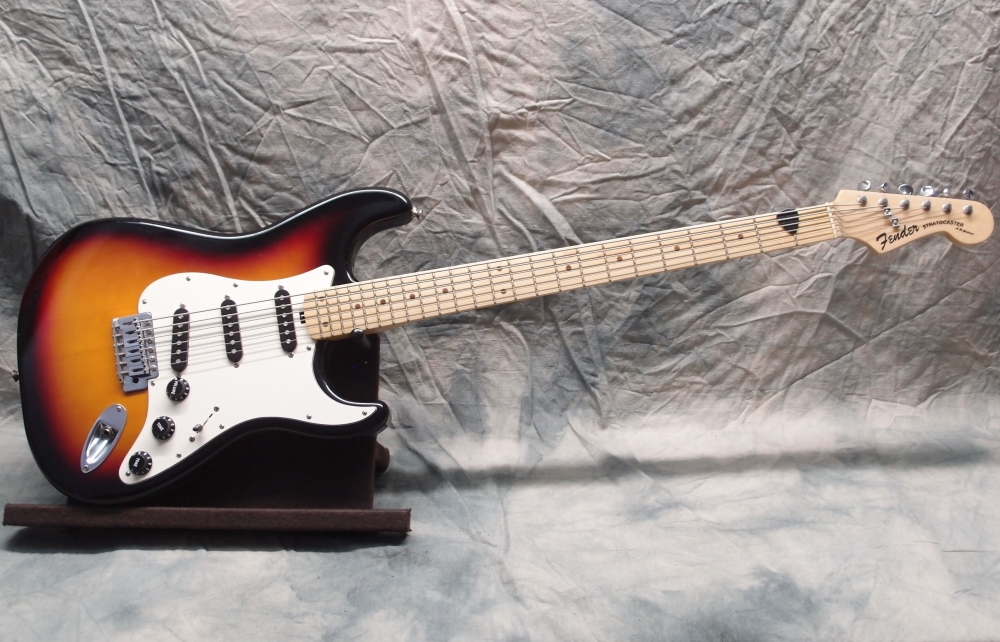
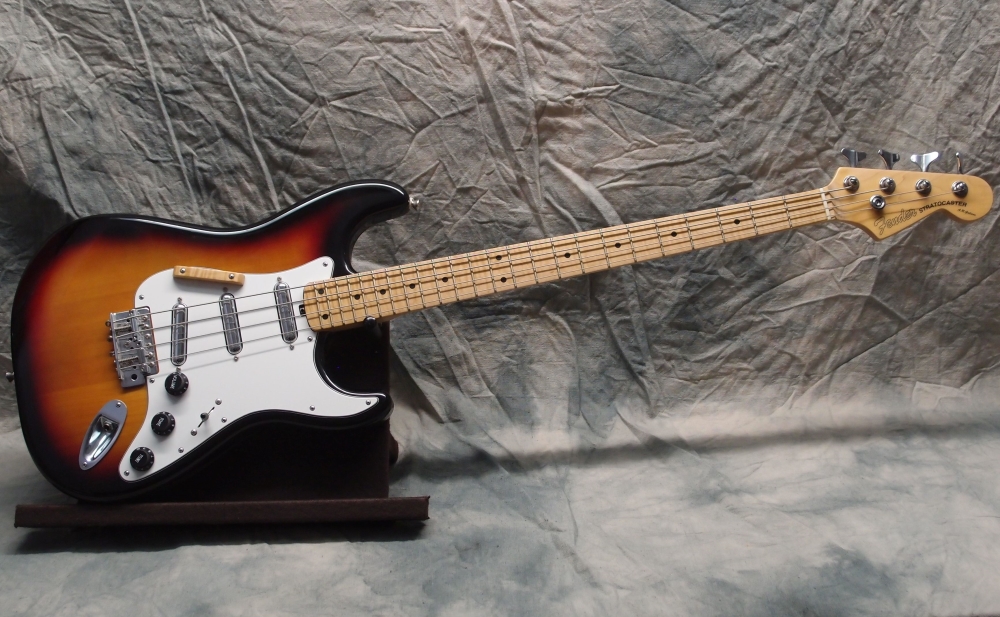
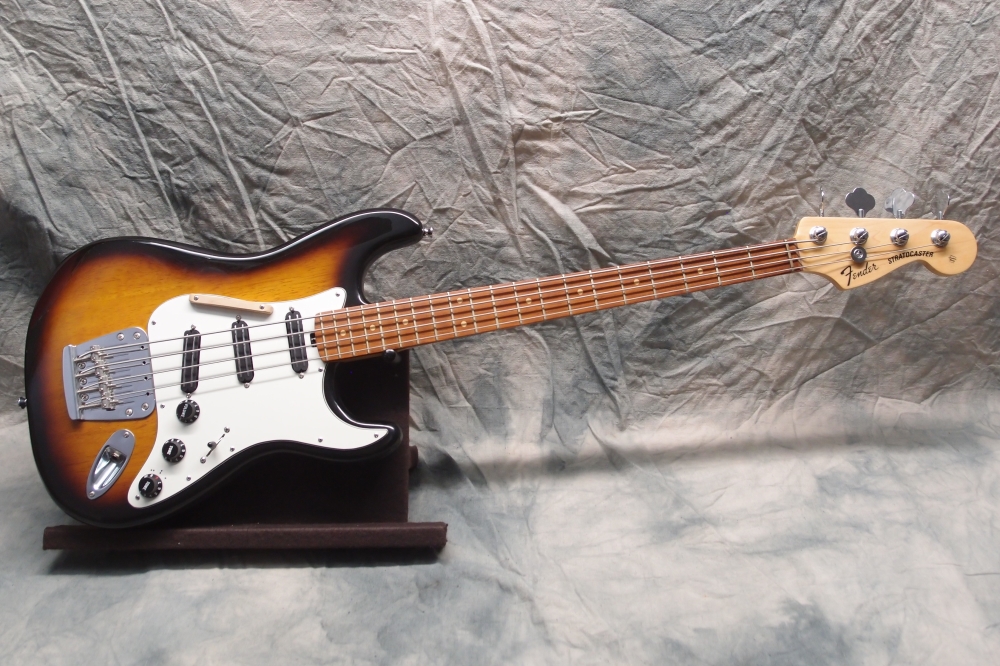
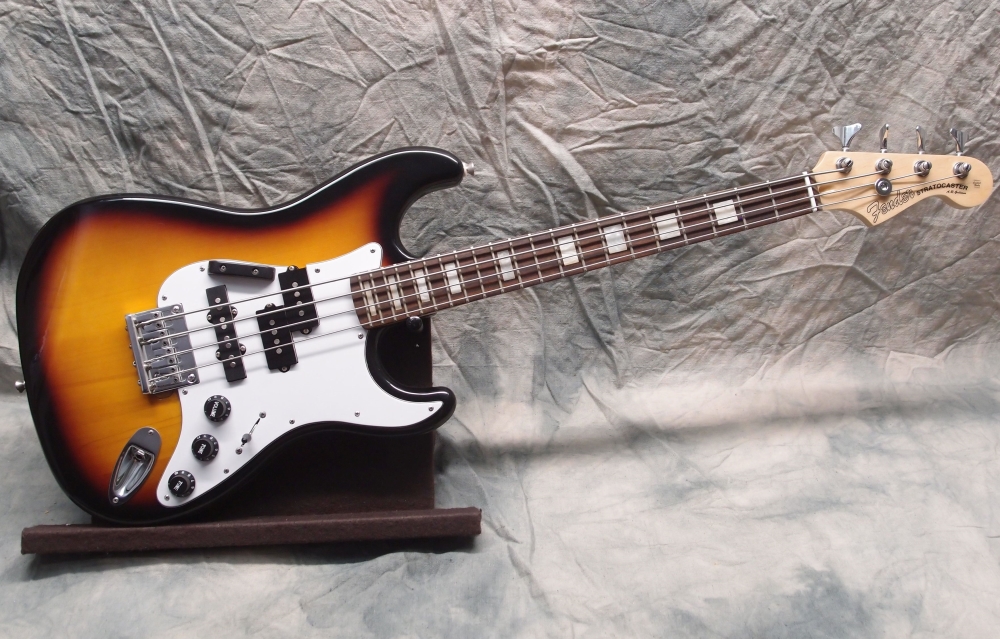
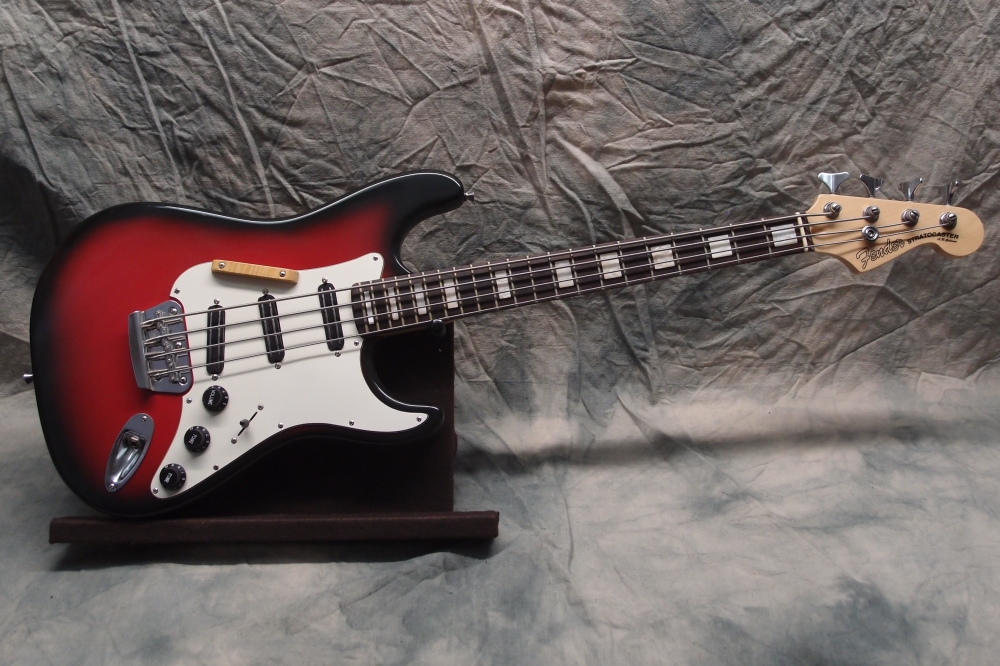
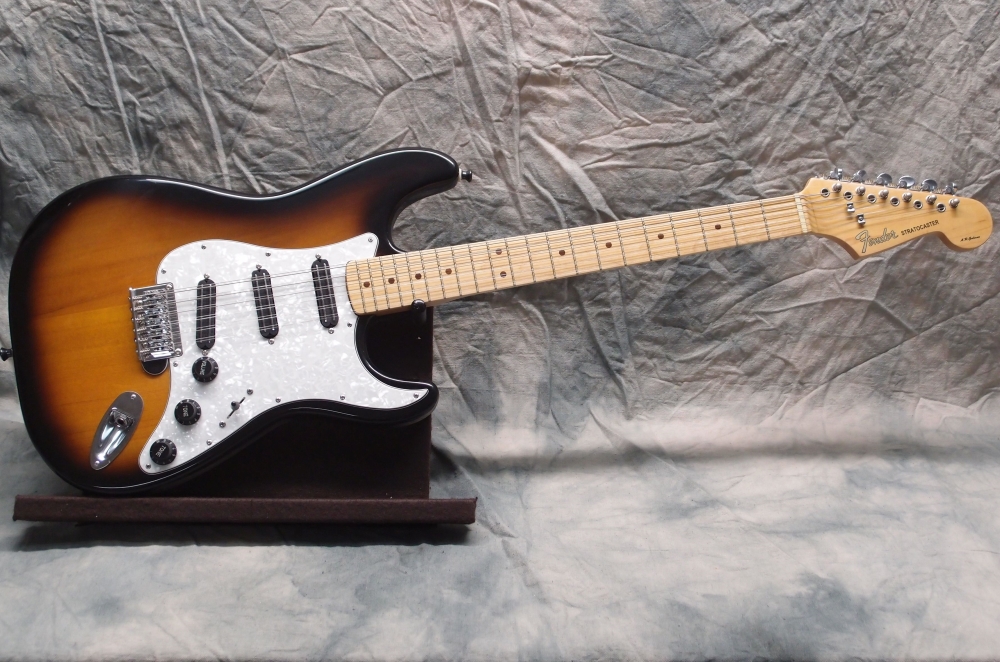
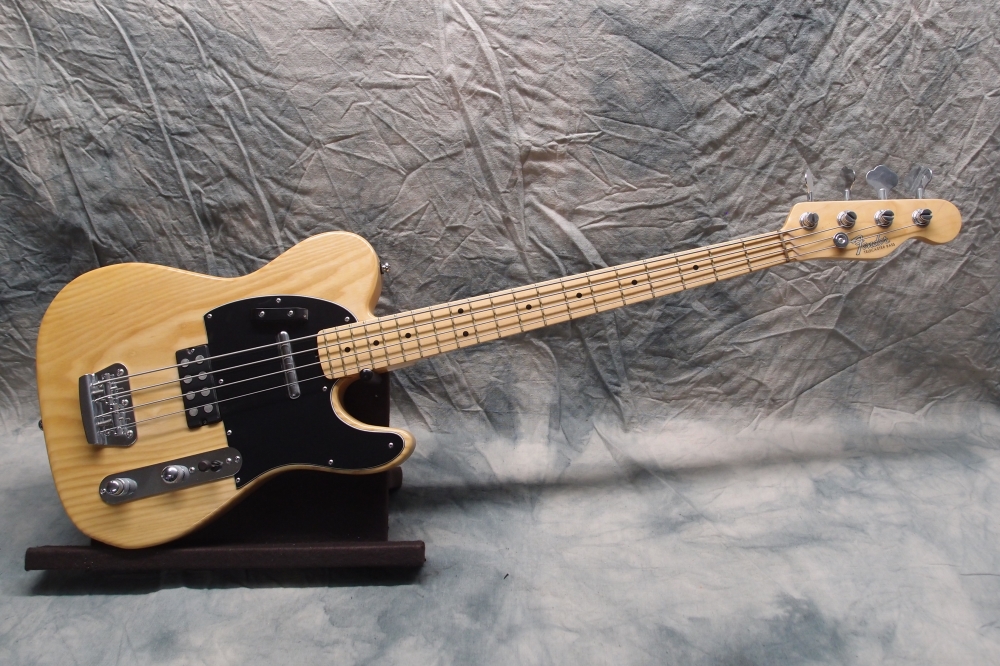
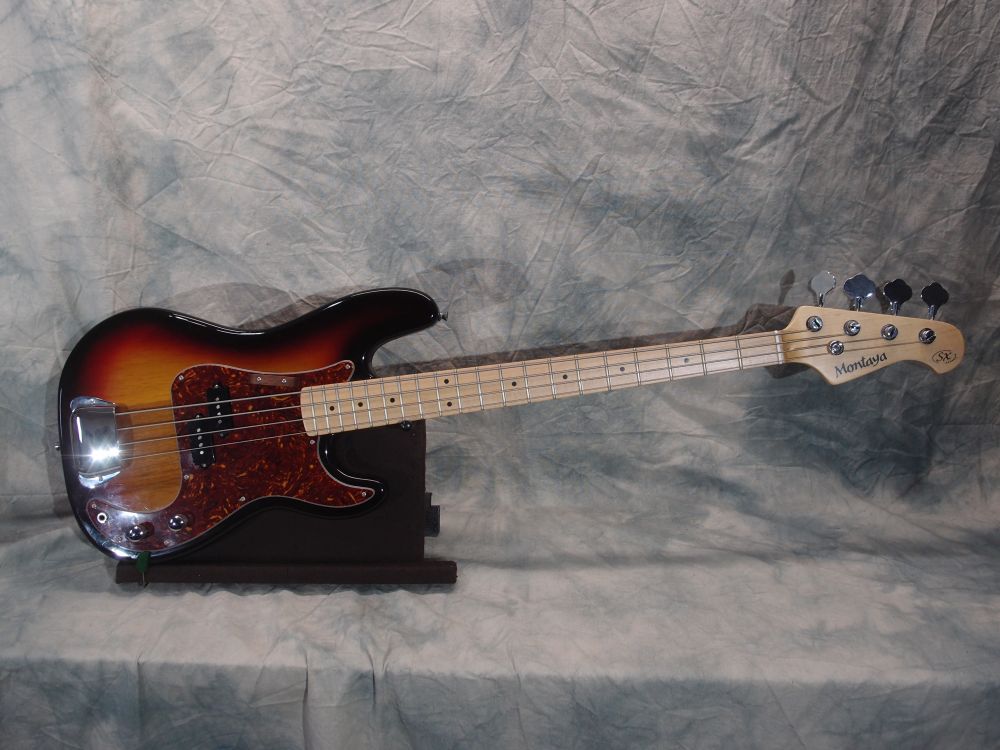
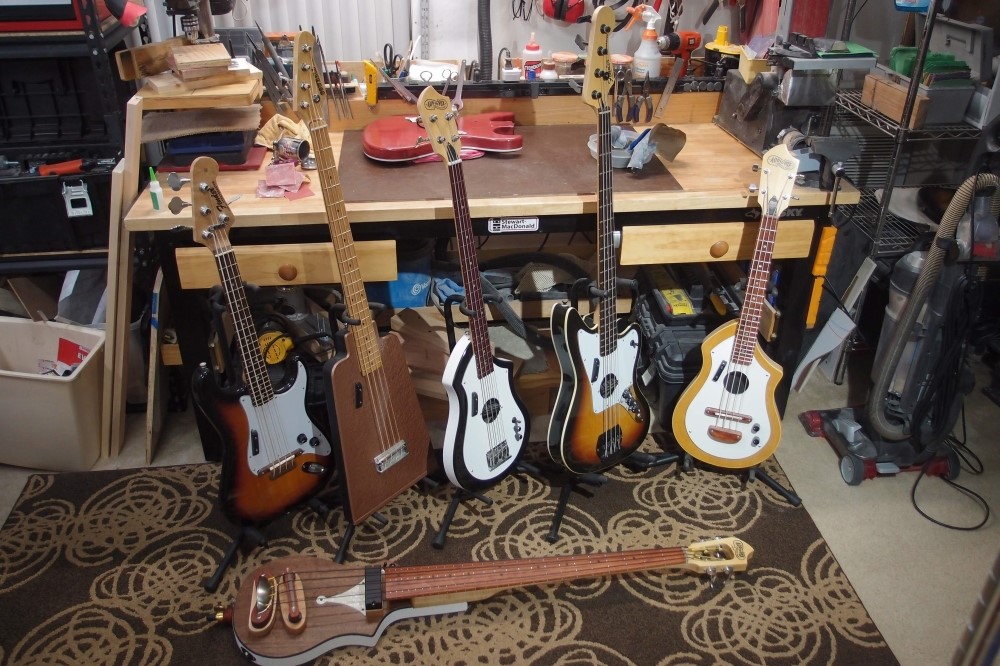
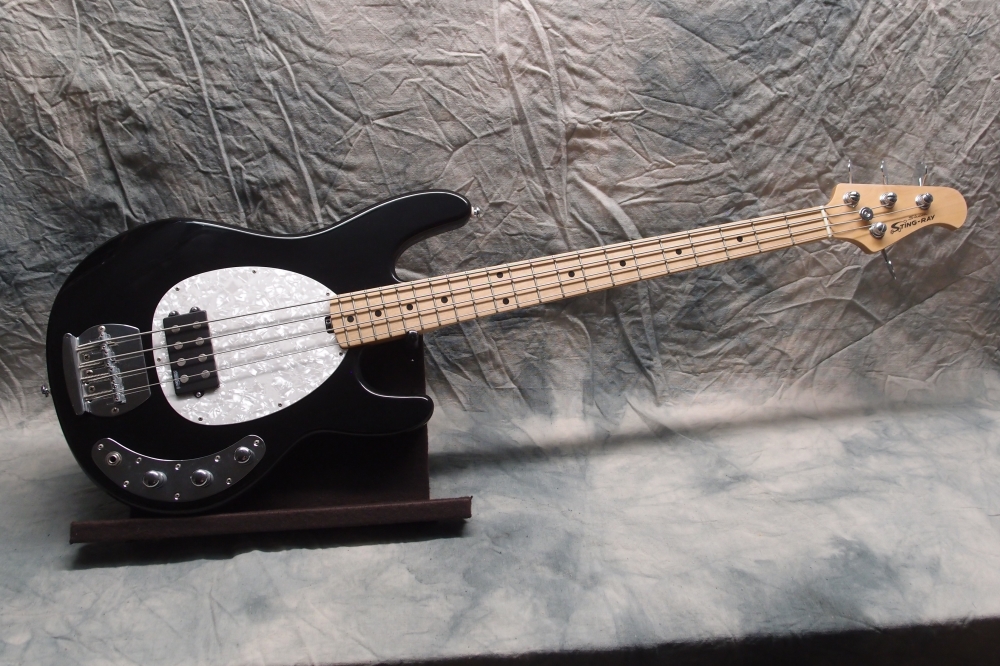
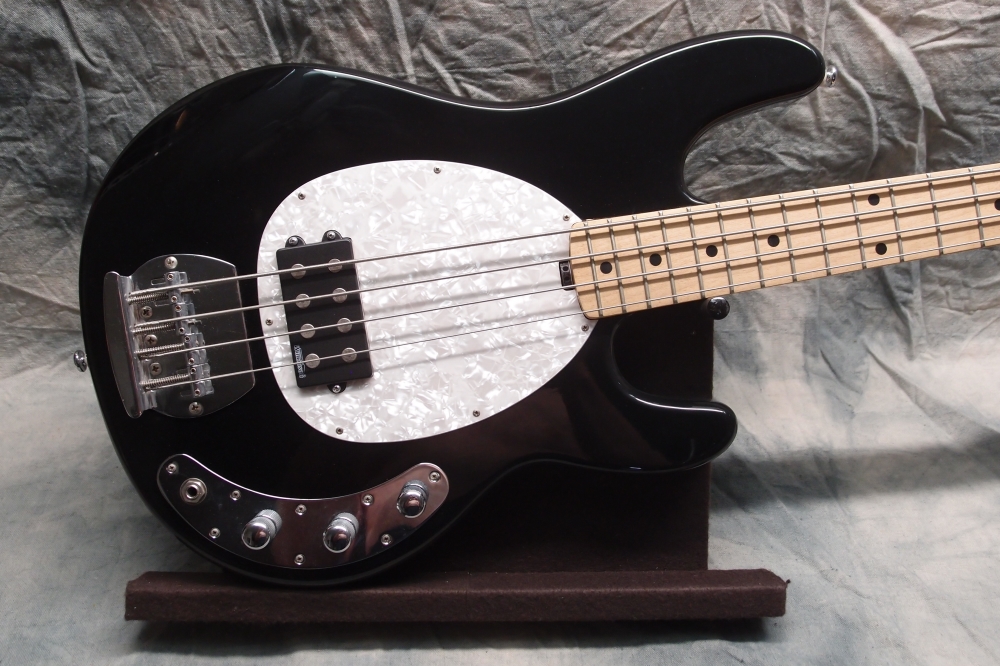
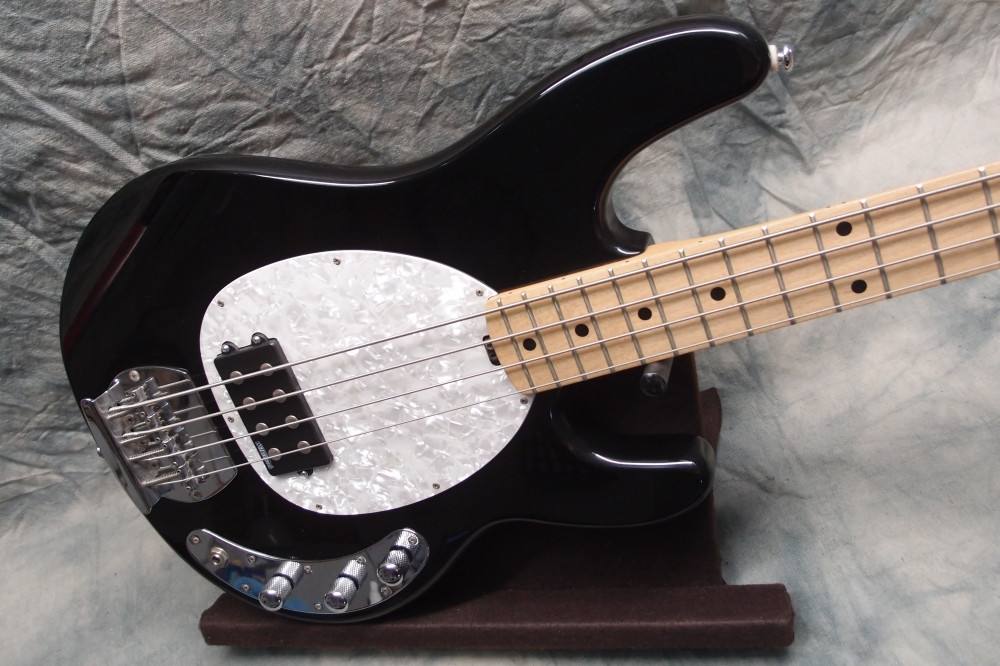
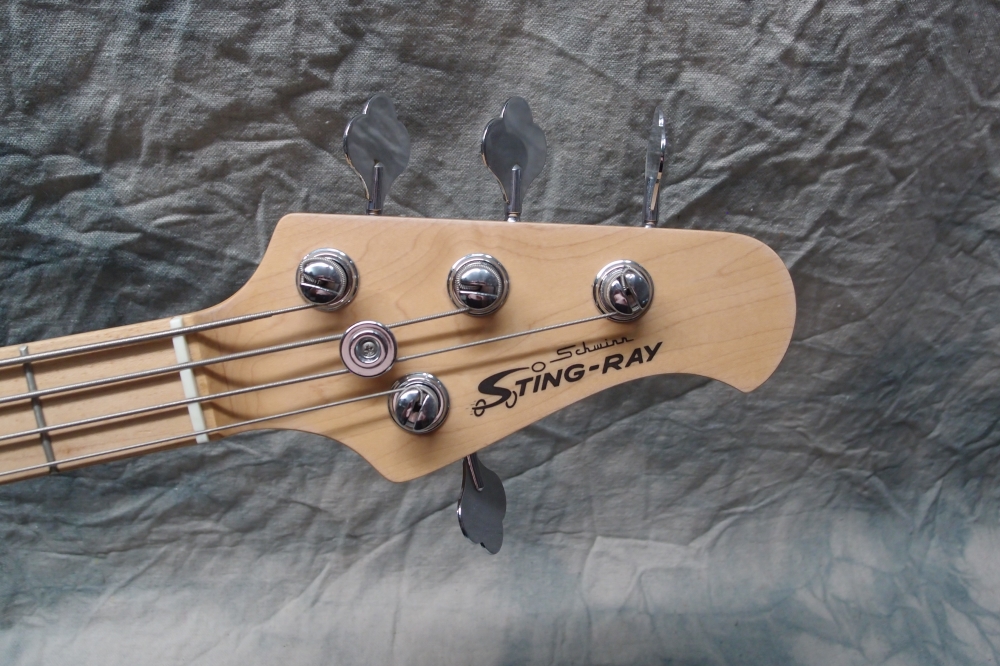
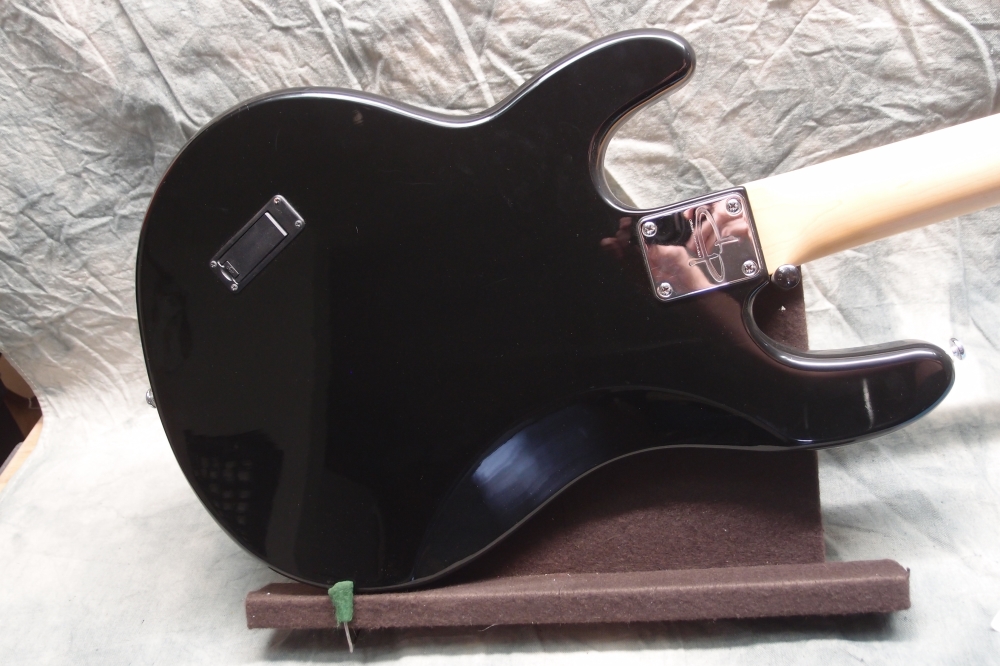
Questions or Inquiries?
Just want to say Hello? Sign the .